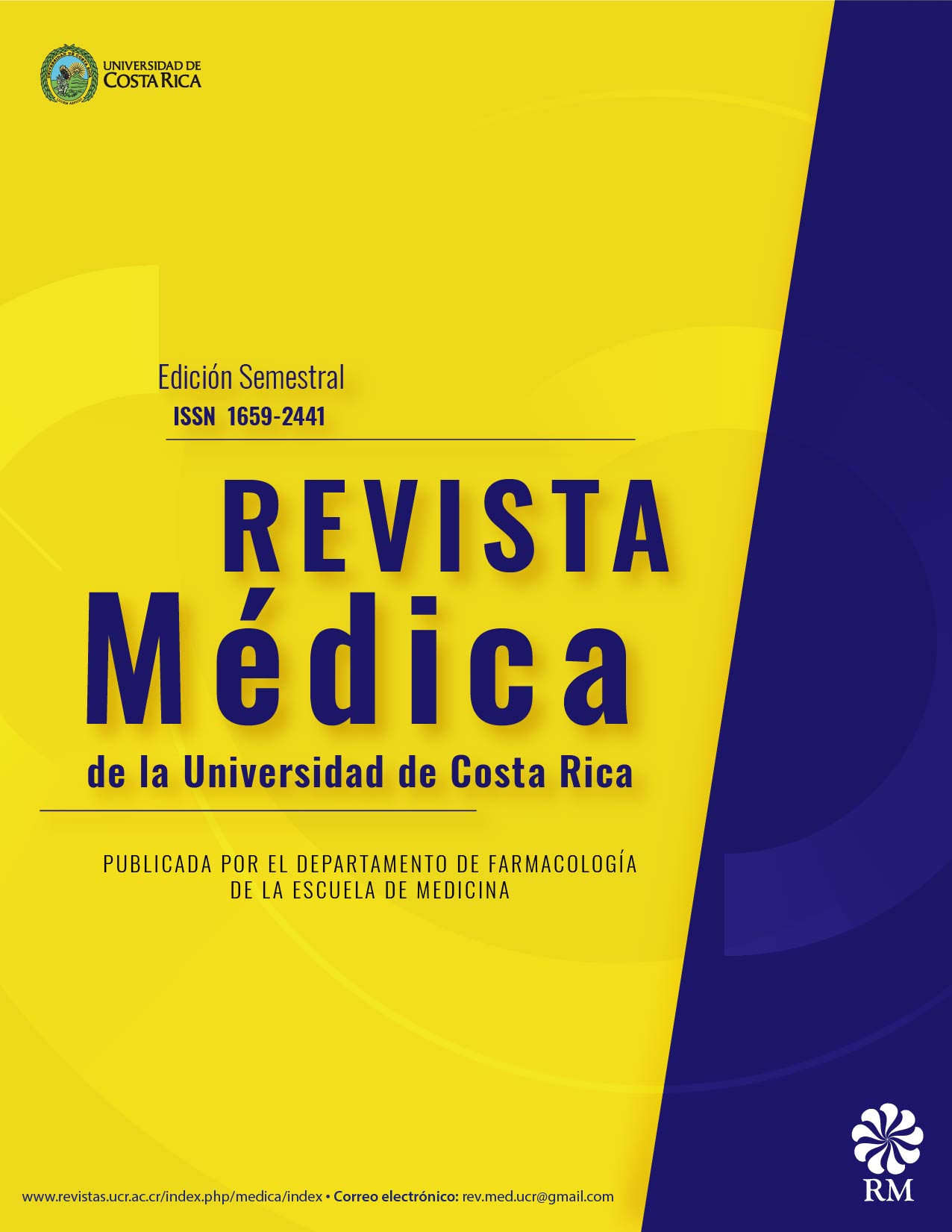Abstract
Objective: the main objective of this paper focuses on the structural and functional characterization of the ClC-1 protein, in addition to the electrophysiological aspects of this channel in healthy and pathological contexts. Method: a bibliographic search of indexed scientific articles was carried out in the Pubmed database. Results: ClC-1 is a transmembrane protein that functions as a selective channel to chloride and it is mainly expressed in skeletal muscle. This channel is responsible for the sarcolemma's high conductance to chloride (Gcl), which is intimately related to the electrical excitability of this tissue, playing a main role in its resting membrane potential and repolarization. Mutations that abolish or reduce sarcolemmal chloride currents might degenerate in pathophysiological and clinical consequences in humans and other mammals. Discussion: it was found that there is variability in the graphic representation of the domains of ClC-1 and in the phenotypic description of congenital myopathy, in addition to a lack of knowledge of the role of ClC-1 in other organs. Conclusion: the advance in the knowledge of the functional defects of ClC-1 and its relationship with congenital myotonia would allow a deeper understanding of its pathophysiology and could be directed towards a translational medicine approach.


